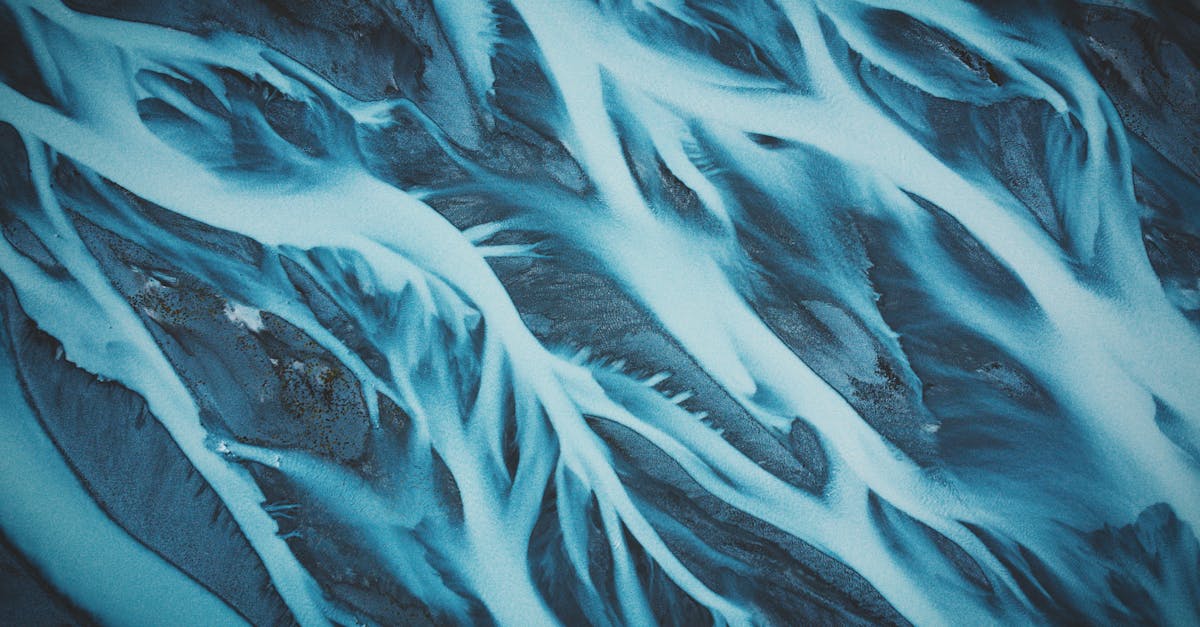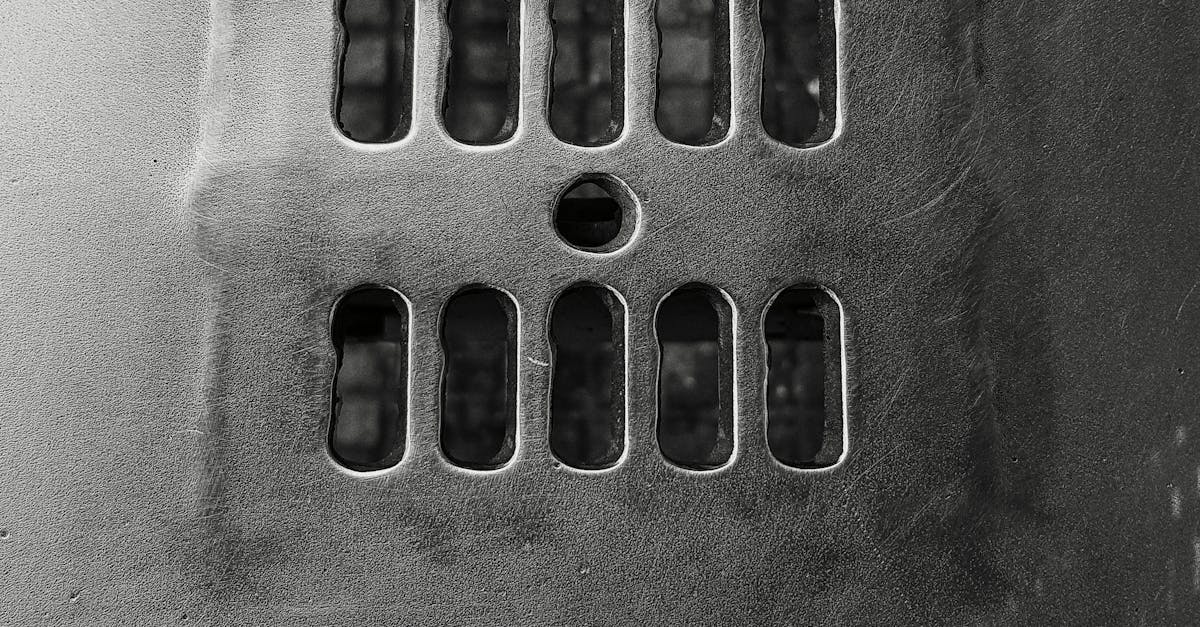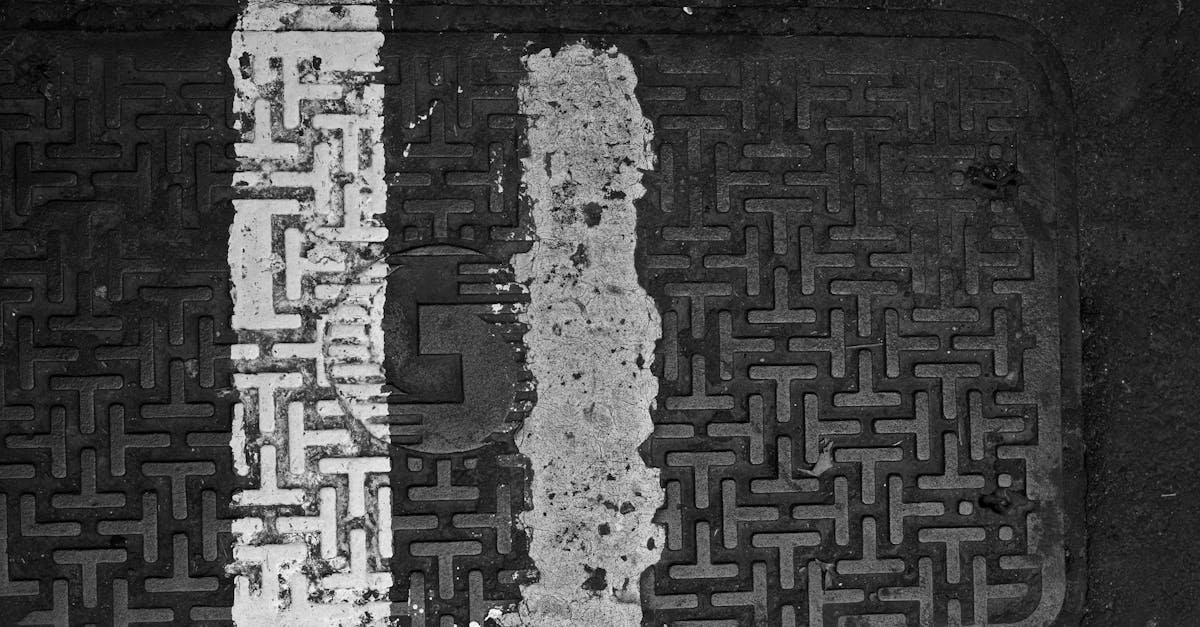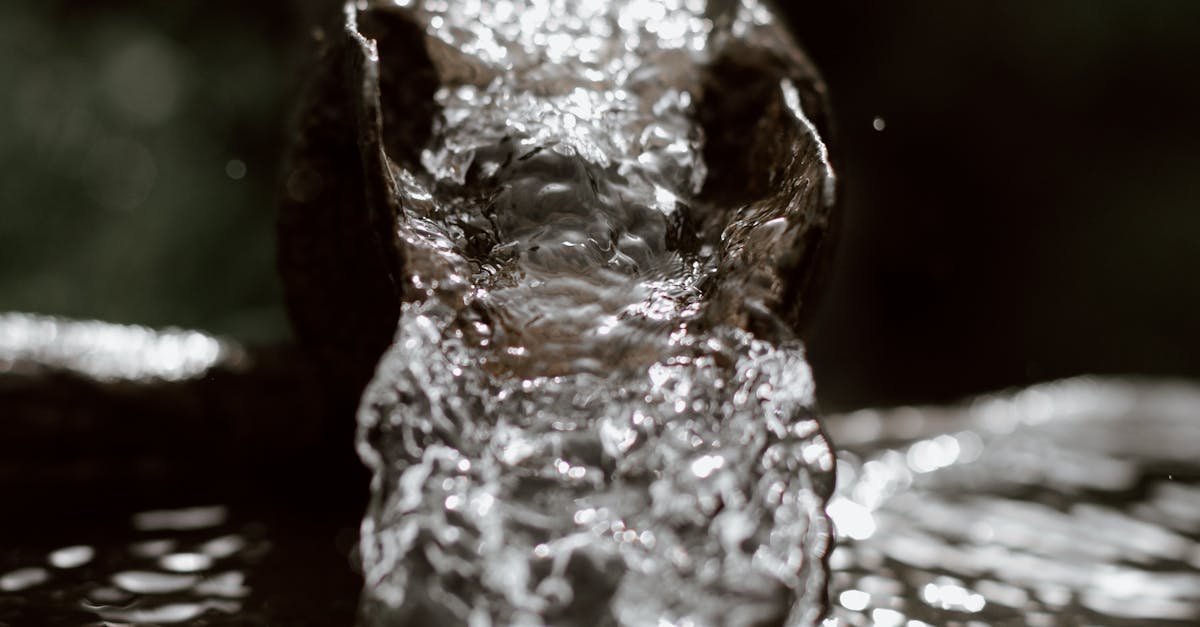
Table Of Contents
HighTech Drainage Innovations
High-tech drainage innovations have revolutionized the way we manage water flow and runoff in urban areas. Drainage Solutions Kitchener, for instance, has introduced cutting-edge technologies that allow for more efficient and sustainable drainage systems. These innovations involve advanced sensors and monitoring devices that can detect water levels and flow rates in real time, enabling a more proactive approach to managing drainage issues before they escalate.
In addition to real-time monitoring, high-tech drainage innovations also include the use of automated valves and pumps that can adjust water flow based on preset conditions. This level of automation not only improves the overall efficiency of drainage systems but also reduces the need for manual intervention, making maintenance easier and cost-effective. With Drainage Solutions Kitchener leading the way in implementing these technologies, other regions can look to these innovations as a model for enhancing their own drainage infrastructure.
Exploring permeable pavement systems for sustainable runoff control
Permeable pavement systems have garnered attention for their ability to minimize runoff and reduce the strain on traditional drainage networks. These innovative systems allow water to infiltrate the pavement surface and flow into a stone reservoir below, where it is gradually released into the soil or directed to a drainage system. By managing stormwater on-site, permeable pavements help mitigate flooding and prevent pollutants from entering natural waterways. Drainage Solutions Barrie specializes in the installation of permeable pavement systems, offering a sustainable solution for controlling runoff in urban and residential settings.
The design of permeable pavement systems is crucial for their effectiveness in sustainable runoff control. Factors such as surface permeability, base materials, and drainage capacity play a key role in ensuring optimal performance. Drainage Solutions Barrie employs skilled engineers who assess the site conditions and design custom permeable pavement solutions that meet the specific needs of each project. With a focus on innovation and environmental stewardship, Drainage Solutions Barrie is committed to implementing cutting-edge permeable pavement systems that contribute to a more sustainable approach to stormwater management.
Maintenance of Drainage Systems
Regular maintenance of drainage systems is essential to ensure optimal performance and prevent potential issues that could arise. Debris clearance plays a crucial role in preventing clogging and maintaining the efficiency of the system. By regularly inspecting and clearing any debris that may obstruct the flow of water, Drainage Solutions Cambridge can help avoid costly repairs and ensure the proper functioning of the drainage system.
In addition to clearing debris, periodic inspections and maintenance help to detect any early signs of wear and tear in the drainage infrastructure. By identifying and addressing minor issues promptly, Drainage Solutions Cambridge can prevent them from escalating into more significant problems that could disrupt the drainage system's functionality. Through proactive maintenance measures, such as regular inspections and swift repairs when necessary, the longevity and effectiveness of the drainage system can be maximized.
Clearing debris to prevent clogging and ensure optimal performance
Regularly clearing debris from drainage systems is essential to prevent clogging and ensure optimal performance. Leaves, litter, and other debris can accumulate in drains and culverts, leading to blockages that impede the flow of water. To maintain the efficiency of drainage systems, it is recommended to schedule routine inspections and maintenance to remove any obstructions that may hinder the proper functioning of the system. Professional services offered by Drainage Solutions Vaughan can assist in the timely removal of debris and ensure that the drainage infrastructure continues to operate effectively.
Preventative measures such as installing screens or guards over drain inlets can help minimize the amount of debris that enters the system, reducing the risk of clogs. In addition to clearing visible debris, it is also important to inspect underground pipes and drainage channels for any potential blockages. Timely intervention and proactive maintenance can significantly reduce the likelihood of costly repairs and water damage caused by malfunctioning drainage systems. Drainage Solutions Vaughan offers comprehensive services to address debris removal and enhance the performance of drainage systems for residential, commercial, and industrial properties.
Supporting Erosion Control
Erosion is a natural process that can be exacerbated by poor drainage systems. Implementing effective erosion control measures is integral to the longevity and efficiency of drainage systems. Drainage Solutions Richmond Hill often utilize riprap and retaining walls to mitigate erosion along waterways and drainage channels. These structures not only stabilize the soil and prevent erosion but also help in directing water flow away from vulnerable areas, reducing the risk of damage due to sediment buildup.
Riprap, a layer of rocks or concrete blocks, acts as a barrier against erosion by absorbing and deflecting the impact of flowing water. By strategically placing riprap along water bodies, erosion can be controlled, preserving the integrity of surrounding landscapes. Additionally, incorporating retaining walls in the design of drainage systems helps to manage soil erosion by holding back soil on sloped terrains. Drainage Solutions Richmond Hill emphasizes the importance of considering erosion control methods in conjunction with drainage system installations to ensure sustainable and long-lasting infrastructure.
Utilizing riprap and retaining walls in drainage design
Utilizing riprap and retaining walls in drainage design is a vital aspect of effective water management strategies. In Clarington, where the risk of erosion is significant, these structural elements play a crucial role in preventing soil displacement and ensuring the stability of slopes. The use of riprap, comprising large, durable stones, helps dissipate the energy of flowing water, minimizing erosion and enhancing the overall durability of the drainage system. Retaining walls, on the other hand, offer support to prevent soil movement and facilitate proper water flow management in the region. Drainage Solutions Clarington often integrates these features into their designs to bolster erosion control measures and enhance drainage system efficiency.
By incorporating riprap and retaining walls into drainage design solutions in the Clarington region, the longevity and effectiveness of the infrastructure are significantly improved. These structures not only provide stability to embankments and hillsides but also contribute to minimizing sediment transport, thereby improving water quality in the surrounding areas. The synergy between riprap and retaining walls offers a holistic approach to erosion control and drainage management, which is essential for sustainable development and environmental conservation. Drainage Solutions Clarington opts for these robust features to safeguard against erosion challenges and ensure the smooth functioning of drainage systems across various terrains in the region.
FAQS
What are some high-tech drainage innovations available today?
Some high-tech drainage innovations include smart drainage systems that adjust flow rates based on real-time weather data, and automated sensors that detect blockages and leaks.
How can permeable pavement systems contribute to sustainable runoff control?
Permeable pavement systems allow rainwater to seep through the surface and into the ground, reducing runoff and helping to replenish groundwater sources.
Why is it important to regularly maintain drainage systems?
Regular maintenance of drainage systems helps prevent clogging, blockages, and overflow, ensuring optimal performance and longevity of the system.
How can clearing debris help in preventing clogging of drainage systems?
Clearing debris such as leaves, dirt, and other obstructions helps to maintain the flow of water, preventing clogs and ensuring efficient drainage.
In what ways can riprap and retaining walls support erosion control in drainage design?
Riprap and retaining walls can help stabilize soil, prevent erosion, and redirect water flow in drainage systems, contributing to effective erosion control measures.






